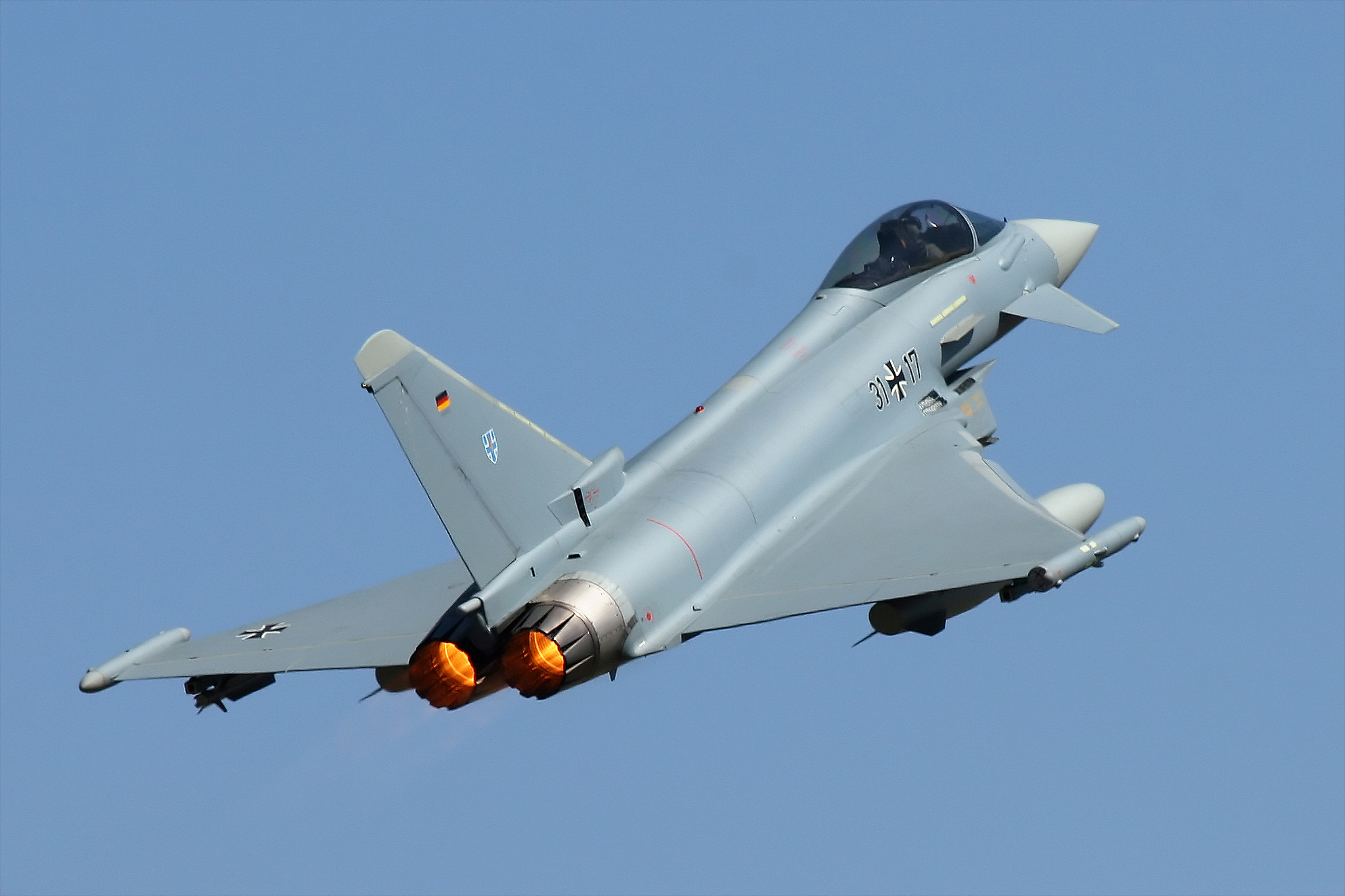The F-35 Joint Strike Fighter has been an ongoing headache for successive Canadian governments. And for the American government. And for pretty much everyone else, as well.
More than 15 years after it was announced and ten years after it first flew, the fighter is still beset by production problems, skyrocketing costs, and some major public perception issues.
While Canada was once on board to purchase the planes, that plan has been officially shelved. Except for that maybe we’re considering buying them again. It’s hard to say. On June 24, 2016 the Liberal government quietly paid $32.9 million to stay in the F-35 program, bringing the total spent on the jet by Canada to more than $300 million.
Now though, there is at least the appearance of good news where the F-35 is concerned. The U.S. Air Force had declared the jet has reached Initial Operating Capability and is now ready to be deployed in combat.
Except it’s far from ready. At least according to reporting from the increasingly influential U.S. writer Tyler Rogoway.
“The F-35 program has chronically shared an absurdly bright view of the F-35’s progress, even though the facts have suggested otherwise,” wrote Rogoway. “The reality is that the F-35 … was put into production and has now been pushed to operational status long before testing has concluded. In fact, the jet has not even started operational testing, which has been pushed back to early 2018.”
The reality seems to be that the F-35 has been declared combat ready well in advance of being actually combat ready, all in an effort to put a shine on an increasingly dull product.
In Canada meanwhile, the debate about which fighter jet continues. It was recently announced that our options consist of:
1) Boeing (Super Hornet)
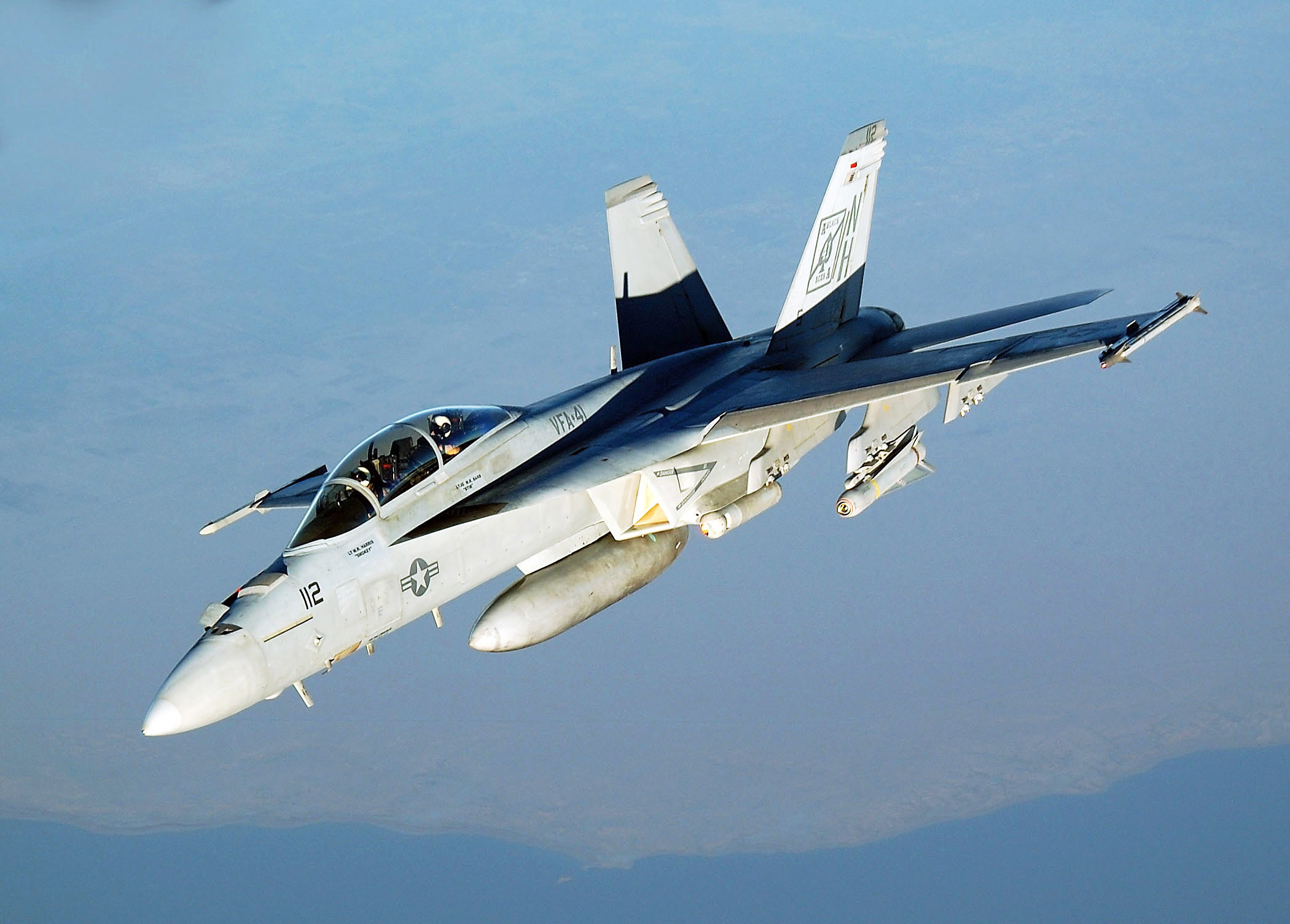
A US Navy (USN) F/A-18F Super Hornet, Strike Fighter Squadron 41 (VFA-41), Black Aces, Naval Air Station (NAS) Lemoore, California (CA). [Navy Camera Operator: TSGT ROB TABOR, USAF – ID:DFSD0609181 – Public Domain]
2) Lockheed Martin (F-35)
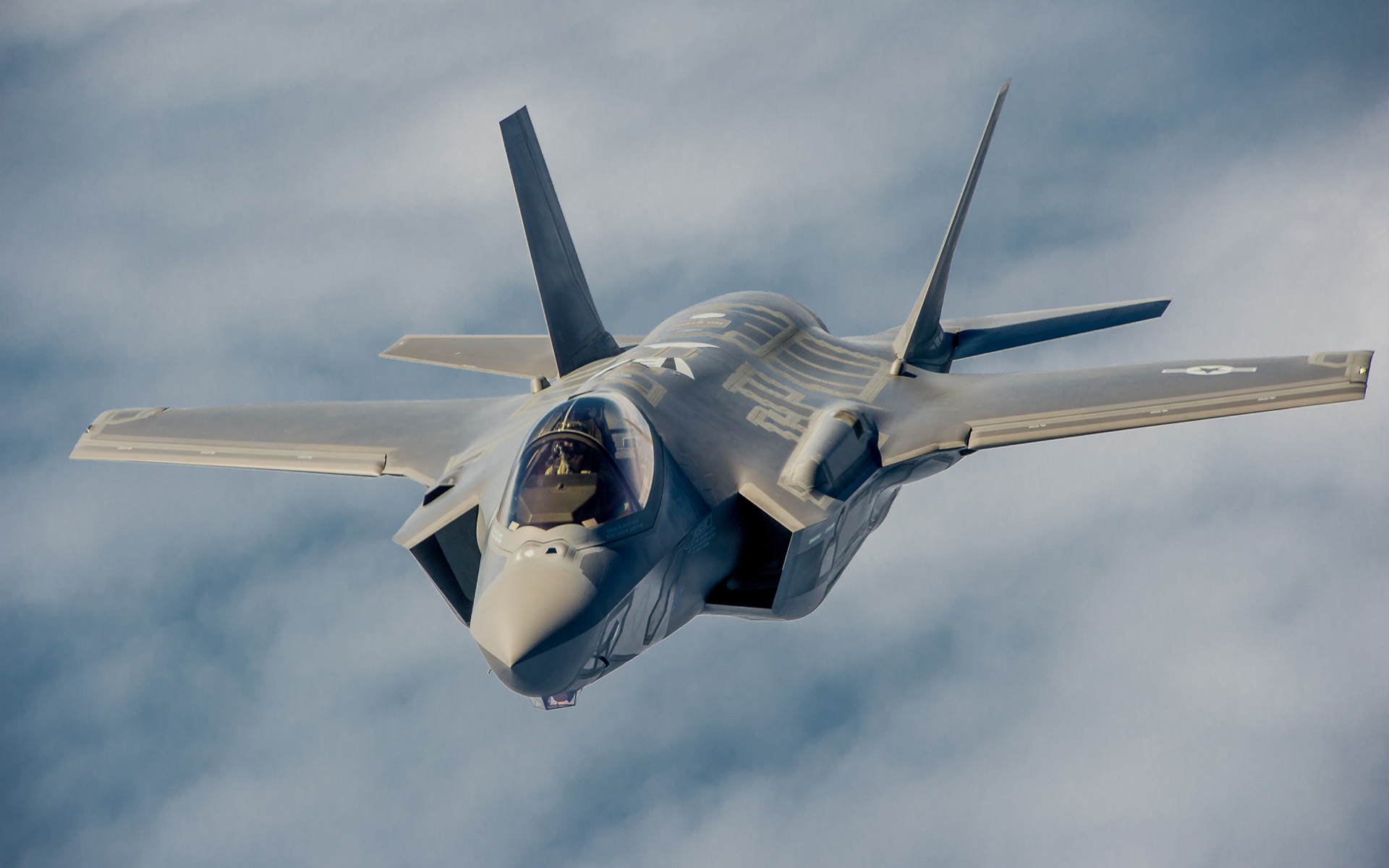
A U.S. Air Force pilot navigates an F-35A Lightning II aircraft. [MSgt John Nimmo Sr. – Public Domain]
3) Dassault (Rafale)
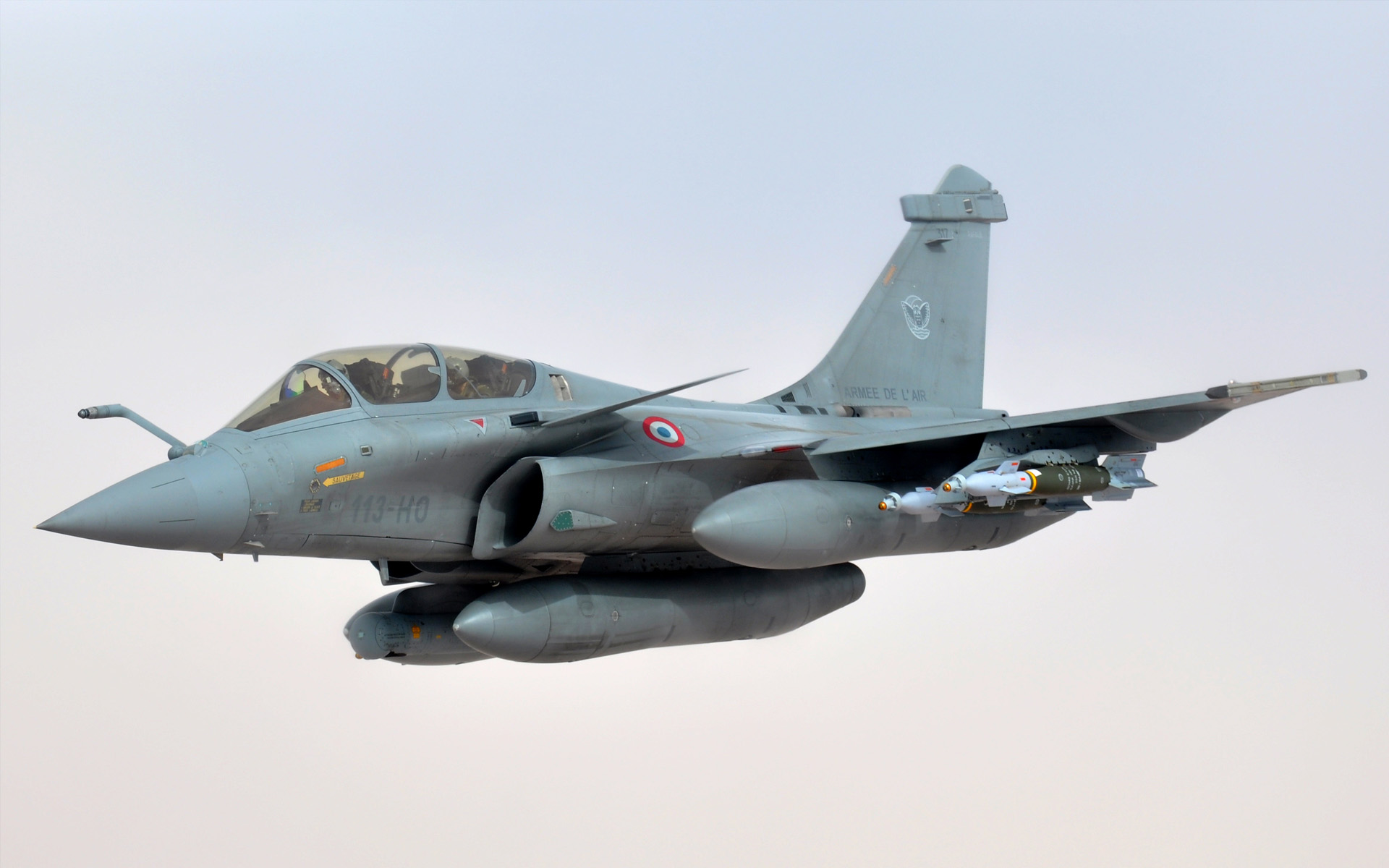
A French Air Force Rafale B during Operation Serval in Mali, 2013. [By Capt. Jason Smith- Public domain]
4) Eurofighter (Typhoon)
5) Saab Group (Gripen)
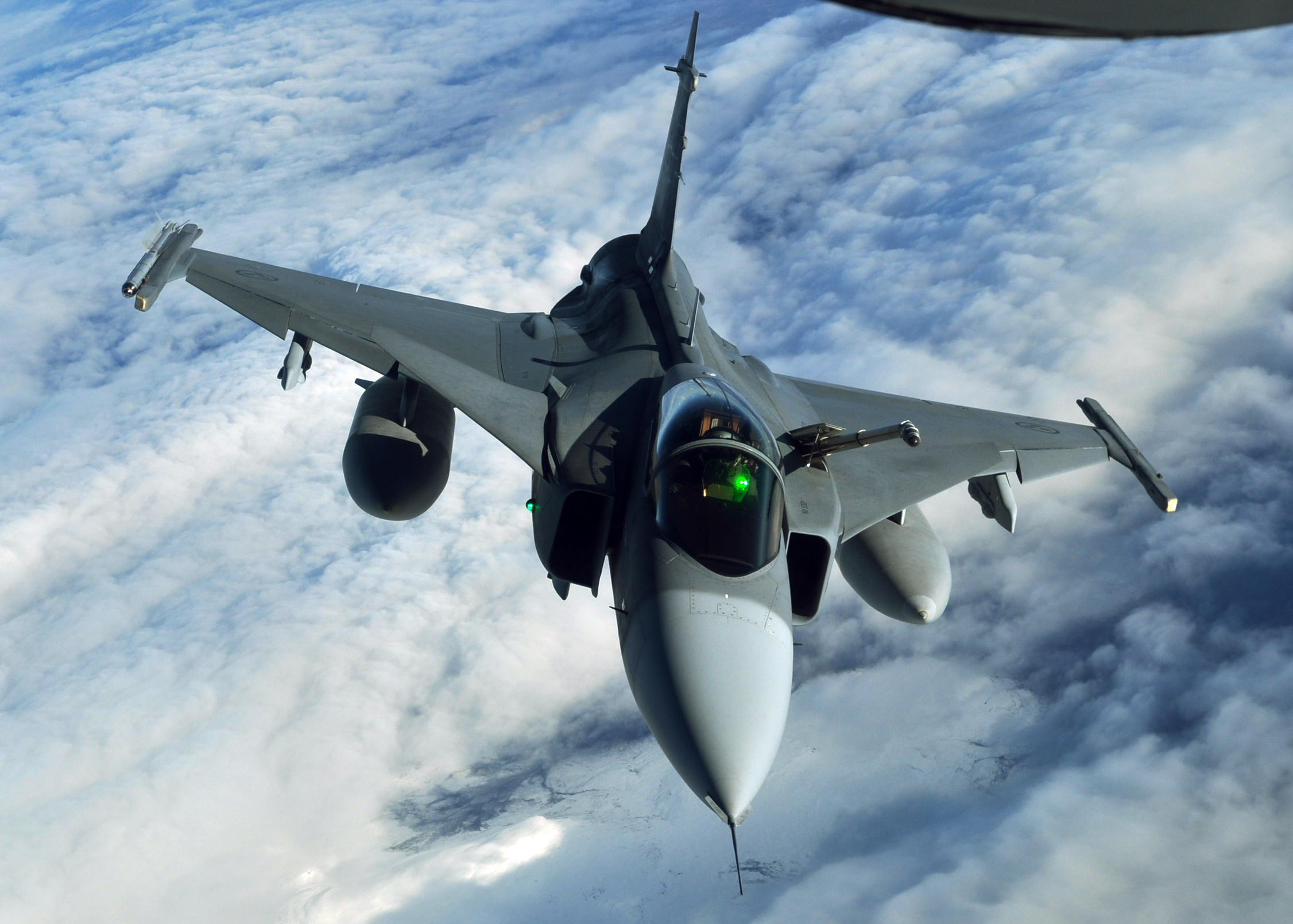
A Swedish JAS-39 Gripen. [U.S. Air Force photo by 1st Lt. Christopher Mesnard/Released – Public Domain]
So we may end up with the F-35 yet.
Advertisement









